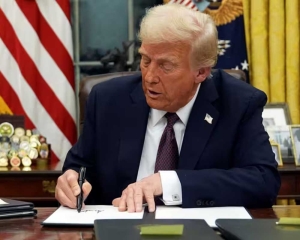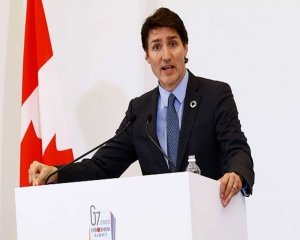The pandemic presented a unique business opportunity to Indian Railways to concentrate on its two most profitable business segments
Information about the working and the finances of the Indian Railways has become scarce in recent years. Discontinuance of a separate Railway Budget since 2017has taken the limelight away from the Railways. Now it features as a single paragraph in the Union Budget.
As a result, little is now publicly discussed about new projects, new trains, or demands for new lines or projects by different states or politicians. High-profile or controversial subjects like the High-Speed Corridors, the Train-18 project, or the Private train Operations schemedo find occasional mention in the press, but a holistic view of the actual health, direction or growth of the Indian Railways -the biggest employer in the country, and arguably one of the biggest enterprises in the world -is no longer available to the country at large. Since 2017, the Ministry does not even have a full-time Railway Minister. Both Piyush Goyal (on taking over from Suresh Prabhu in September 2017) and the present incumbent Ashwini Vaishnav have been given charge of other important ministries along with Railways, further exacerbating matters.
Consequently, the specific impact of Covid on IR, has not been sufficiently evaluated in the public domain. In the absence of an objective assessment about the rebound - if any - by the Railway sector, and in the run-up to the upcoming Budget presentation, an attempt was made to compile and compare available,provisional data on IR’s website for the 9-month period April-December 2021 with April-December 2019, two years back. This is considered the fairest possible comparison, considering the return of Covid in January 22, which is again likely to vitiate comparisons.
Surprisingly, the numbers reveal a robust buoyancyin its freight business.Freight carried increased from 891 million MT to 1030 million MT in this period, an increase of 15.6per cent, and Freight revenues a very healthy 20.9
Per cent, from Rs 86.706cr. to Rs 104,789 cr.over 2 years - a 10 per cent annual rise.
The passenger segment, however,is a very differentstory. While total passengerscarried have reduced from 6278 million to 2300 million (- 63 per cent), revenue from passengers fell from Rs 39,528cr. to Rs 27.092cr.(-31.5%), for the
9-month comparison period. The biggest reduction is in the suburban passenger numbers, which explains why the loss in revenue is disproportionately less in relation to the drop in numbers. The PRS segment - within which the sleeper class, AC-3 tier, AC chair car and AC-2 tier constitute almost 90 per cent of the total numbers and almost 75 per cent of the segment revenue - has almost recovered fully in December 21 to the December 19 levels, while the non-PRS/Suburban continues to operate at less than 50 per cent of the December 2019 levels.
Freight, passenger and sundry earnings taken together show that IR’s earning have fully recovered: earnings this year till December are Rs 1,37,393 cr. against Rs 1,32,931 cr. in 2019-20, a modest 3.4 per cent increase over the two-year pandemic period.
The improved freight performance may partially owe it to the reduced passenger operations, with more paths, more locomotives/crew available, and easier mobility possible. The pandemic’s adverse effect on the trucking business, and elevated fuel prices, may also have favoured rail freight. These are advantages IR would do well to capitalise on, and build on further. The gradual, partial opening-up of the two Dedicated Freight Corridors are also adding capacity (they moved about 6 billion NTKMs till recently - a significant, although still a miniscule part of IR’s traffic). A sustained increase in freight, at a level higher than the GDP growth, as achieved in the last two years, will help win back much needed modal share of the major, non-coal commodities to rail.
The pandemic, and the phased recovery of the economy has presenteda unique business opportunity to Indian Railways in that they are able to concentrate on their two most profitable business segments - Freight and long-distance, reserved passengers - keeping the grossly subsidised and capacity guzzling suburban and short/medium distanceordinary passenger services to the bare minimum. The temporary suspension of many concessions on the passenger services would also have helped in adding to revenue, and in improving availability to full-fare paying passengers. All this offers clear clues to the Rail Ministry in long-term measures aimed at improving its revenues, profitability, and re-winning its importance and relevance. It is hoped that thiswindfall - which may be partially circumstantial, and not a positive act of the IR management - will not be allowed to wither away.
(The writer retired as Chief Administrative Officer of one of IR’s Production Units. The views expressed are personal.)
























